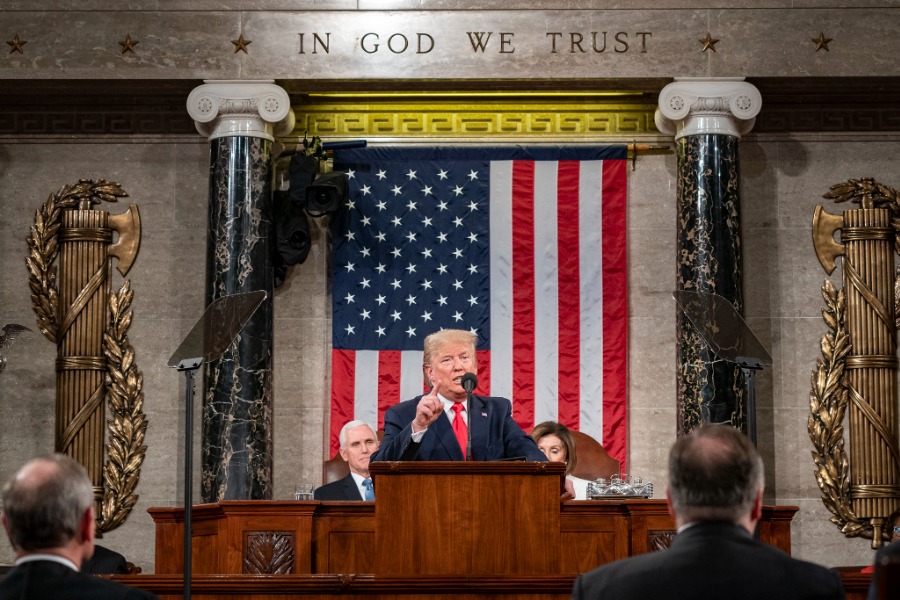Gregory Johnsen on the History of the AUMF
The estimable Gregory Johnsen has a lengthy article in Buzzfeed about the history of the AUMF. Entitled "60 Words and War Without End: The Untold Story of the Most Dangerous Sentence in U.S. History," the article gives a critical history of the AUMF seen through the lens of several people who have played roles in its passage and development. Johnsen's view on the matter is pretty clear.
Published by The Lawfare Institute
in Cooperation With

The estimable Gregory Johnsen has a lengthy article in Buzzfeed about the history of the AUMF. Entitled "60 Words and War Without End: The Untold Story of the Most Dangerous Sentence in U.S. History," the article gives a critical history of the AUMF seen through the lens of several people who have played roles in its passage and development. Johnsen's view on the matter is pretty clear. He wears it on his sleeve, and the article is light on the question of why and how the words came to be understood as expansively as they have. But it's a useful and interesting read---put together with Johnsen's useful flare for an engaging story and a well-crafted sentence. I strongly recommend it. From the opening:
In the span of a few hours, the U.S. had launched a pair of raids — one successful and one not — 3,000 miles apart, in countries with which the nation was not at war. Hardly anyone noticed. More than a dozen years after the Sept. 11 attacks, this is what America’s war looks like, silent strikes and shadowy raids. The Congressional Research Service, an analytical branch of the Library of Congress, recently said that it had located at least 30 similar occurrences, although the number of covert actions is likely many times higher with drones strikes and other secret operations. The remarkable has become regular. The White House said that the operations in both Libya and Somalia drew their authority from the Authorization for the Use of Military Force, a 12-year-old piece of legislation that was drafted in the hours after the Sept. 11 attacks. At the heart of the AUMF is a single 60-word sentence, which has formed the legal foundation for nearly every counterterrorism operation the U.S. has conducted since Sept. 11, from Guantanamo Bay and drone strikes to secret renditions and SEAL raids. Everything rests on those 60 words. Unbound by time and unlimited by geography, the sentence has been stretched and expanded over the past decade, sprouting new meanings and interpretations as two successive administrations have each attempted to keep pace with an evolving threat while simultaneously maintaining the security of the homeland. In the process, what was initially thought to authorize force against al-Qaeda and the Taliban in Afghanistan has now been used to justify operations in several countries across multiple continents and, at least theoretically, could allow the president — any president — to strike anywhere at anytime. What was written in a few days of fear has now come to govern years of action. Culled from interviews with former and current members of Congress, as well as staffers and attorneys who served in both the Bush and the Obama administrations, this is the story of how those 60 words came to be, the lone objector to their implementation, and their continuing power in the world today. The story, like most modern ones of America at war, begins in the shadow of 9/11 with a lawyer and Word document.
Benjamin Wittes is editor in chief of Lawfare and a Senior Fellow in Governance Studies at the Brookings Institution. He is the author of several books.



.jpg?sfvrsn=6cdd11de_5)

